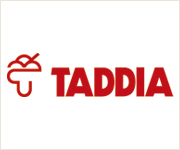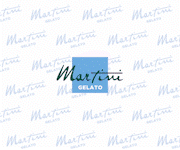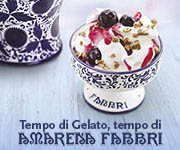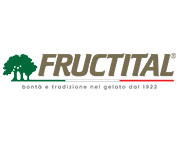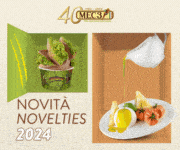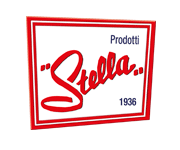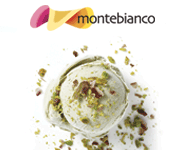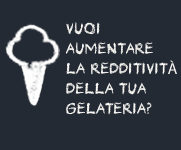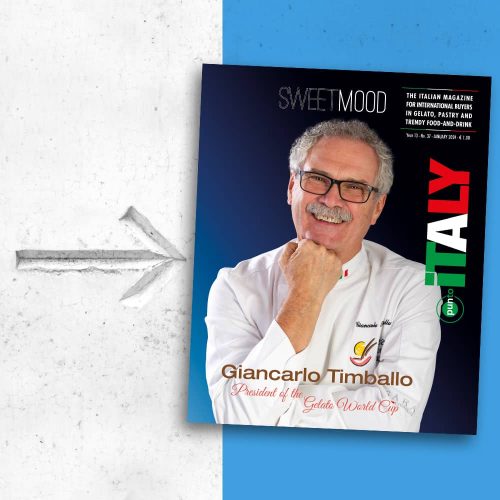THE NEW CAPITAL
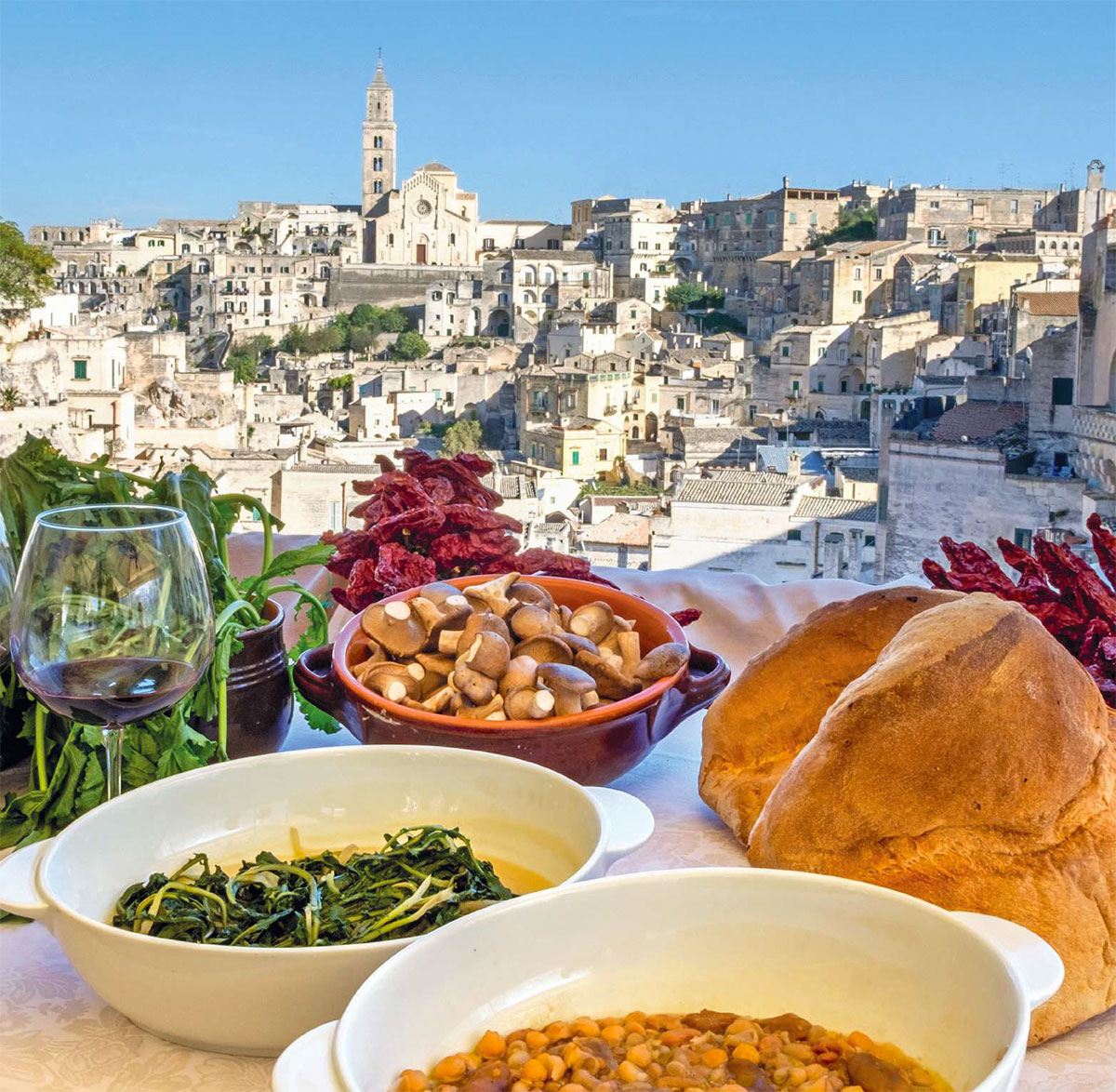
Matera is the Italian destination that cannot be missed in 2019.
There has been an incredible increase in tourist arrivals for this town that is basically an open-air museum.
This gem of the Basilicata region of Italy has seen a 176% growth of both Italian and foreign tourists between 2010 to 2017, an unexpected increase that is the product of excellent communication and promotional campaigns which confirm the interest in cultural and culinary tourism.
This year, visitors will be welcomed by the motto “Welcome, citizens,” because every person will be considered as such.
Tourists can access the numerous events organized by the Matera – Basilicata 2019 Foundation thanks to the special “2019 Passport”. This document will allow the tourists to acquire a temporary citizenship which, according to Paolo Verri, the general director of the Foundation, will implicate “the right to live slowly and to deepen your knowledge of the cultural offerings, as well as the duty to bring an object to Matera which is a symbol of your idea of culture. The collection of these objects will become the fifth and last exhibition of Matera 2019, Open Future, which will tell the story of the culture lovers of Italy and of Europe”.
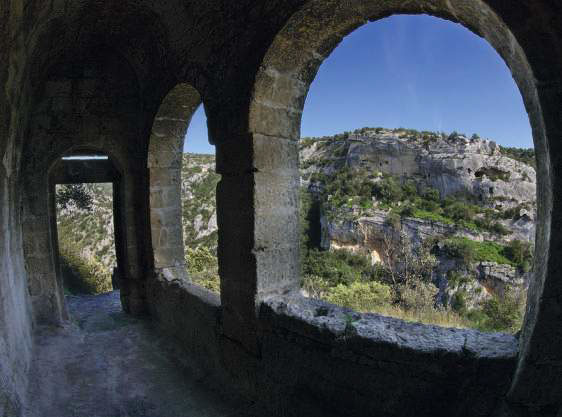
The city of rocks… a place to visit In Carlo Levi’s book “Christ stopped at Eboli,” he dedicated a few pages to Matera and to the living conditions inside the cavehomes.
These pages immediately became a severe reprimand, transforming the city of the Basilicata region into the symbol of the decline for all of Southern Italy. Palmiro Togliatti, secretary of the political party P.C.I., defined Matera as an “embarrassment for Italy”. In 1952, the De Gaspari administration enacted a special law n. 619 for the redevelopment of the area, which initially caused abandonment of the neighbourhoods in order to reclaim them, since they foresaw the transferring of the residents into new ones. The city centre became almost entirely a government patrimony.
The following years were marked by abandonment, but associations and intellectuals promoted a cultural movement in order to reclaim the city centre of this town. Matera didn’t deserve to be abandoned but it needs to return to life. In 1993, the town was nominated to become an UNESCO World Heritage site. Many laughed but the city obtained the title and to validate its recognition, the use of the expression “cultural landscape” was used for the first time.
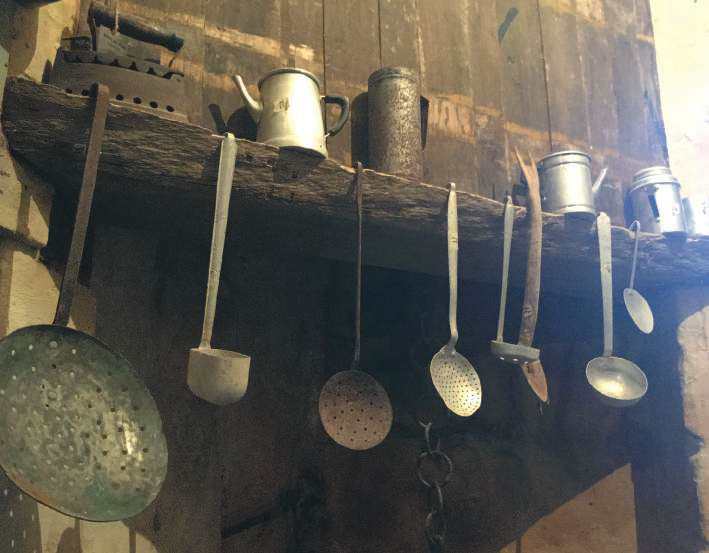
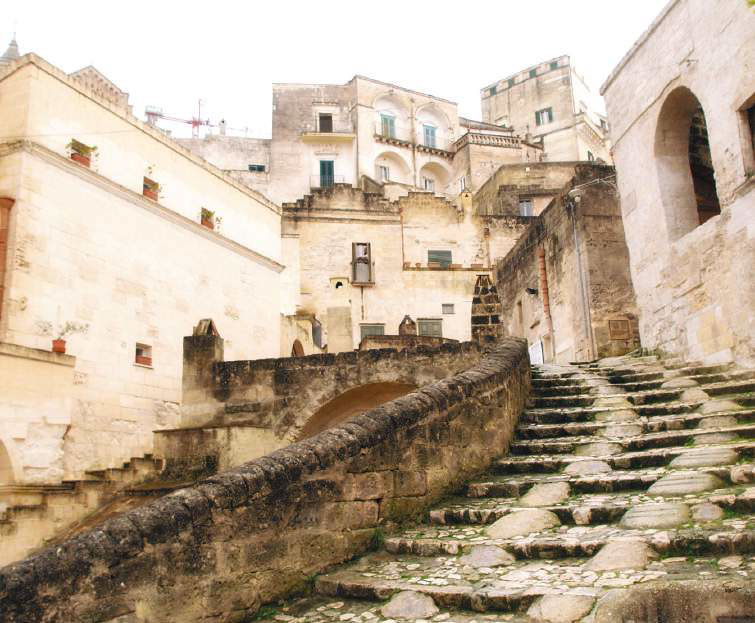
A thousand and one postcards For Italians, it represents a piece of history for Southern Italy. For foreigners, it a place to be discovered. The historical centre cannot be missed as it is a small gem that dates back to the Stone Age. The first settlements took advantage of the natural caves, and later on, more caves where constructed by humans to take refuge from the elements. Matera strongly felt the influence of Christianity, which can be seen by the frequent places of worship. During the Middle Ages, impressive buildings were constructed: the Cathedral, the St. John the Baptism church, the Saint Domenic Church, the Our Lady of the Green Valley church on the via Appia. Surrounding the Cathedral, the city was developed, dividing Matera into two “Sassi” (the Italian word for Rocks), the Barisano Sasso to the East, and the Caveoso Sasso to the South. For the Christianity history buffs, the cave churches are a must-see attraction as they bear witness to the transition from prehistory to Christianity.
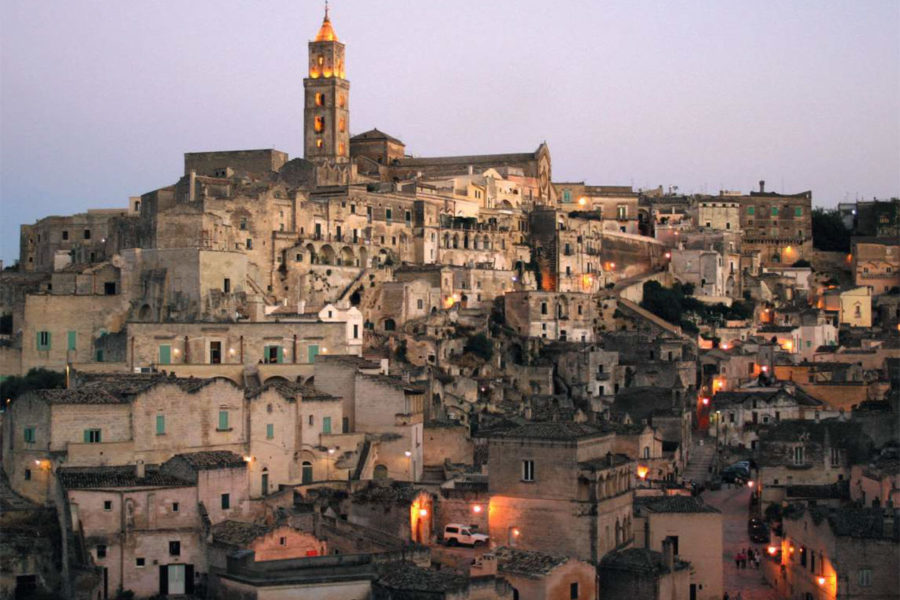
Basilicata excellency
The “Matera cornetto,” also known as “high bread,” hails from the Kingdom of Naples time period.
Originally, the recipe foresaw the use of durum wheat and a lengthy preparation process that began the night before.
The leavening agent (u lvet), which was stored wrapped up in a blanket in order to keep it warm, was passed from family to family just like a precious commodity. The bakery’s busboy would roam through the villages with a whistle (u fjscharjl), taking reservations for the use of the oven. One could choose from three time slots: 6:00 AM, 8:00 AM or 10:00 AM. The dough, placed on hardwood boards (tavljr), was marked by the movement of hands that were closed in a fist (trmbè) in order to combine the flour and the water into a single dough. Later, the dough was cut into lots of equal portions, as well as one smaller portion.
Each portion was kneaded again, and after a final flour dusting, diagonal incisions were made with a knife making a cross. The pieces of bread weighed between three and four kilograms, and they were usually grouped into three pieces of the same size along with a smaller piece (tre pjzz e n pzzarid). Each family marked the bread with a wooden stamp which contained the initials of the head of the family; the stamp was given to the daughter who was getting married as a dowry, or in some of the small villages tucked deep in the countryside, the mother-in-law would give the stamp to her daughter- in-law and therefore symbolically she was handing her son over to another woman.
Another distinctive marking on the bread was the addition of a walnut or almond shell before baking.
The bread pieces where lined up on a long and narrow rectangle table (la tovl du pen) that was placed on two chairs, and covered with a blanket in order to keep them warm. At the scheduled time, the bakery busboy picked up the pieces and transported them with a cart to the bakery.
The pieces were placed on wooden shelves in order of their arrival and reservation. The oven would be warmed up thanks to burning of shrub (la frosch), and the baker would collect a piece of dough with a long, wooden shovel and place it on the bottom of the oven. After an hour and after having judged if the bread was done baking, the baker would extract the pieces of bread from the oven and reposition the bread on dedicated tables. Focaccia topped with tomatoes and sugar was often cooked together with these pieces of bread. The bread had a thick and crunchy crust (scherz du pen), but it had a soft inner texture (mddjch) which has a yellow colour. The cornetto would usually keep for a week.
During the winter, bread would also be toasted on the grill (fedda rauss), and accompanied with tomatoes and olive oil, or oil with sugar.
When the bread would become too hard, it would be used to prepare the warm “cialda” (cialledd coll) in the winter, and a cooler one in the summer (cialledda fradd).
Interesting facts
Historically, the bread in the Basilicata region wasn’t always made with wheat flours, but rather it was often integrated during times of crisis with chickpea, fava bean, wild pea or bean flours. This would often cause the bread to have a very dark colour. Tradition requires that it be baked in ovens that burned oak wood.
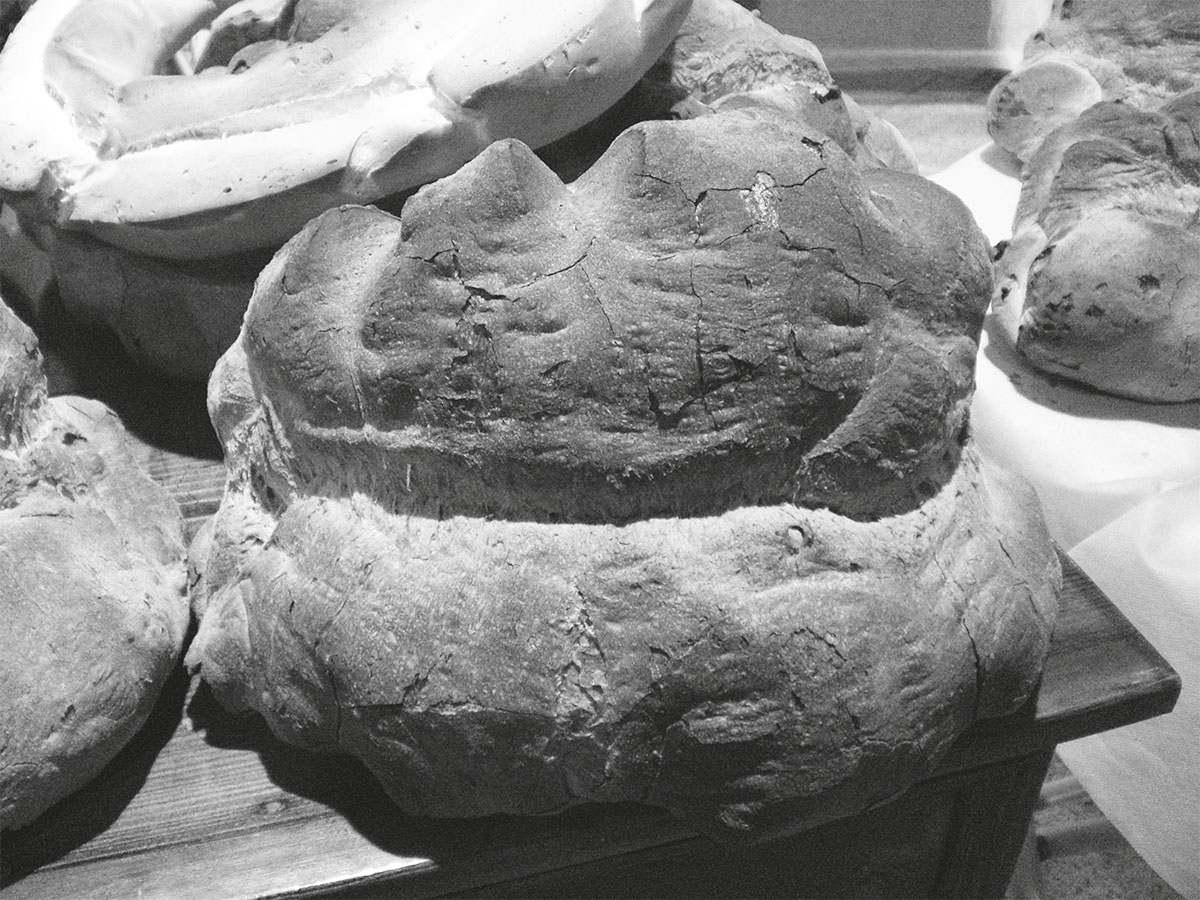
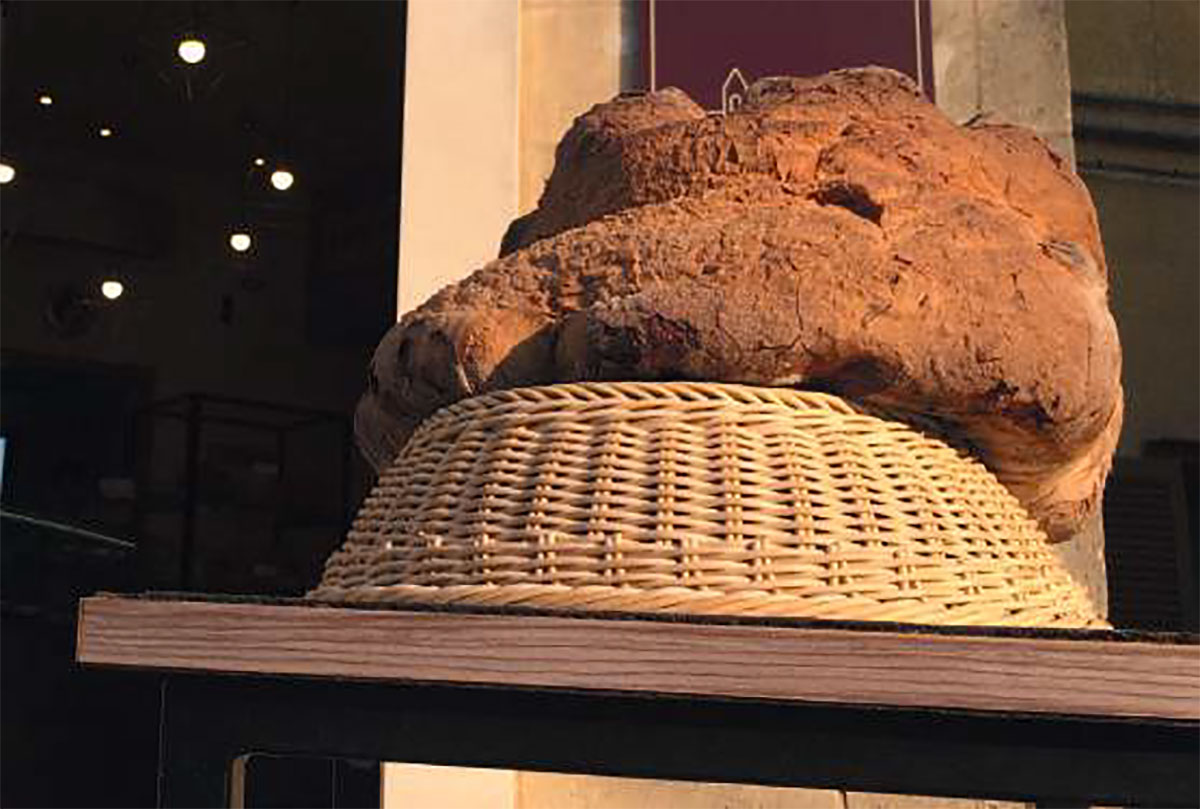
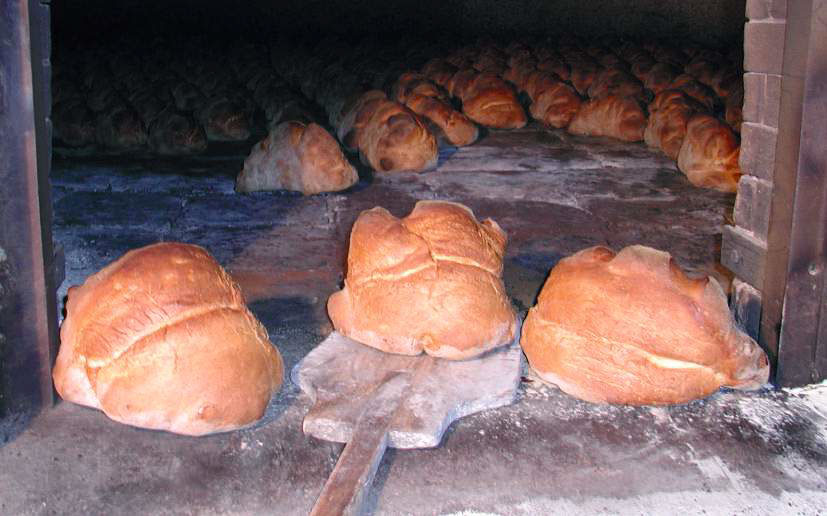
Matera cornetto recipe
- semola flour 600 g
- mother leavening agent or starter 120 g
- cake yeast 6 g
- water 450 g
- salt 12 g
Put all of the ingredients in a mixer with the kneading hook and knead the dough for forty minutes. Let the dough rest for an hour in a leavening box. After the hour has passed, retrieve the dough and fold it. The dough should obtain a smooth and compact structure. Let it rest for another hour. Create the form using your forearm. Folding is not only for an aesthetic reason, but it also works the gluten chains and therefore, it is necessary to give the right consistency and storage characteristics to the bread. With a knife, make incisions on the surface of the bread. Bake at 250°C for about ninety minutes.
The bread should have a golden crust. It can be paired with high-protein foods such as bread, meats and eggs. It is perfect with some Italian cold-cuts and a glass of wine
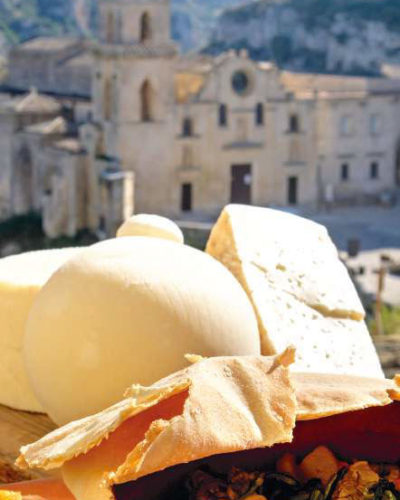
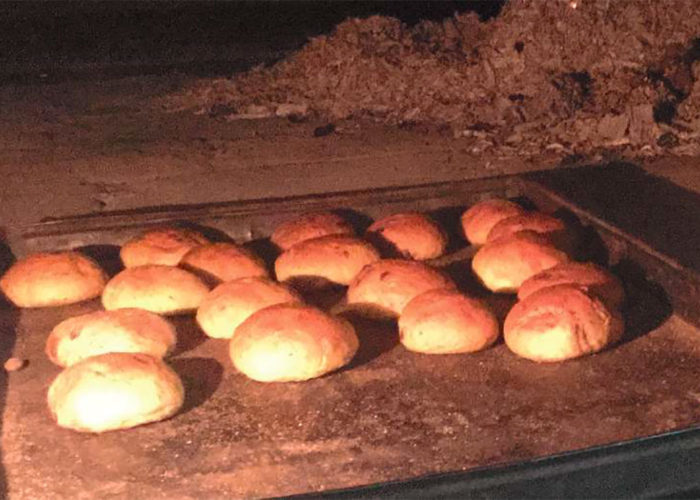
The dormenti recipe
Matera can be seen easily in one weekend and this allows tourists the time to discover the surrounding areas. Noteworthy is the Gravine Park in Upper Murgia, where you can admire places such as Ginosa, a mini- Matera in a wilder setting. In this area, small culinary gems are hidden and should be re-evaluated. One example is the “dormenti,” a sweet bread of the Upper Murgia area, that are risking extinction. Their name, which means “the sleepers” in Italian, is due to their lengthy and natural leavening time. It takes at least 15 hours of leavening time before they can be baked in a wood-burning oven. They have always been considered a common-man’s dessert; today they are made by the bakery Panificio Piccolo Forno, which has been in business since 1958.
DORMENTI
- 00 flour 1000 g
- sugar 400 g
- milk 25 g
- extra-virgin olive oil 100 g
- eggs 7
- lemon 1
- cinnamon to taste
- salt to taste
- baking soda to taste
Place the flour on a wooden board and create a fountain where you will add the zest and juice of one lemon, salt, and cinnamon, then mix. Place in the fountain the eggs that have already been whisked with sugar and oil.
In a small pot, heat up the milk and melt the baking soda in it. Add this mixture to the eggs. Mix all ingredients and knead in order to obtain a soft dough. Form a rectangular portion and let it rise for fifteen hours. Then, place them on a baking sheet that has been covered with wax paper, making sure that they are not too close to each other. Cover with a damp cloth and a blanket.
Let it rest for an hour. Bake at 180°C in a preheated oven for roughly thirty minutes.
They should be lightly golden. This dessert can be eaten plain or accompanied by jams and chocolate creams.
Recent Blog Posts
 Medac and AIFA: Hip hip hooray for Charles!
Medac and AIFA: Hip hip hooray for Charles! Sigep 2024 - Carpigiani’s special events with a look at the “green” future of Gelato and pastry
Sigep 2024 - Carpigiani’s special events with a look at the “green” future of Gelato and pastry Maurizio Manzi, as Ambassador for AIG, at the Melbourne Italian Festa
Maurizio Manzi, as Ambassador for AIG, at the Melbourne Italian Festa Medac awarded with the EcoVadis gold medal
Medac awarded with the EcoVadis gold medal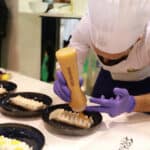 MIG Longarone and SIRHA Budapest: a new dynamic space for italian gelato
MIG Longarone and SIRHA Budapest: a new dynamic space for italian gelato Medac supports Alice Italian Food Academy
Medac supports Alice Italian Food Academy The Gelatissimo 2024 online ticket office is officially open.
The Gelatissimo 2024 online ticket office is officially open. Casa Optima Group looks for two exclusive agents
Casa Optima Group looks for two exclusive agents Gelatissimo 2024: here the first information
Gelatissimo 2024: here the first information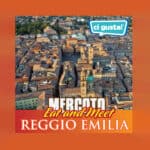 Ci Gusta opens a new store into the “Il Mercato Eat&Meet” in Reggio Emilia
Ci Gusta opens a new store into the “Il Mercato Eat&Meet” in Reggio Emilia


